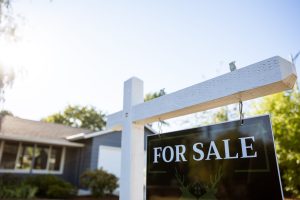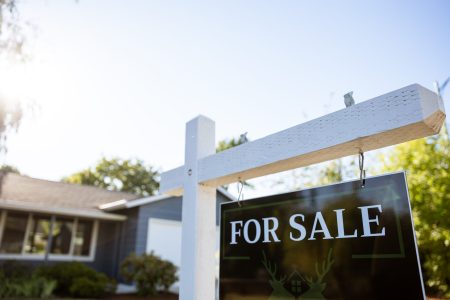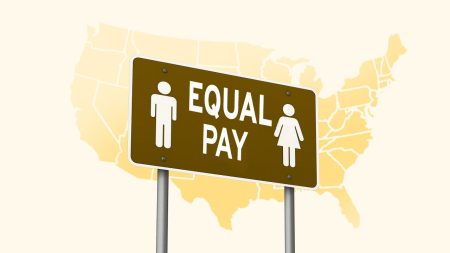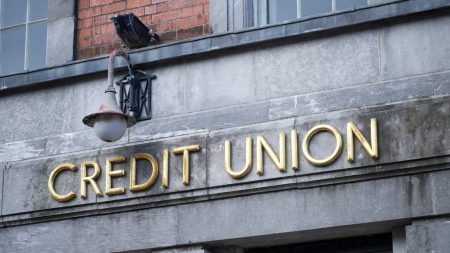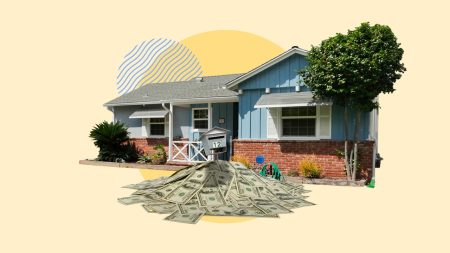Taiyou Nomachi/GettyImages; Illustration by Hunter Newton/Bankrate
Key takeaways
- Mortgage forbearance allows you to pause your mortgage payments, usually for up to six months, during a period of financial hardship.
- If you’re unable to resume payments when forbearance ends, you may ask for an extension, modify your existing loan or refinance to a more affordable mortgage.
- Your mortgage lender or servicer can help you choose the best option for your situation.
Mortgage forbearance gives borrowers experiencing financial hardship a temporary break from making payments. If you’re considering asking for forbearance — or nearing your mortgage forbearance end date — it’s important to know your options when payments kick back in.
When does mortgage forbearance end?
An initial mortgage forbearance period can last from three to six months. If you’re still struggling to make payments, you can ask your lender for a forbearance extension. Most loans can go into forbearance for up to 12 months, some even longer.
When did COVID-19 forbearance end?
President Joe Biden signed a bipartisan congressional resolution to end the nation’s COVID-related public health emergency in April 2023. Biden’s signature initiated the end of the mortgage forbearance programs tied to COVID.
What to do when mortgage forbearance ends
If you’ve reached your mortgage forbearance end date, you can request an extension, make a payment, modify your loan or sell your home.
Request a forbearance extension
If you’re still struggling financially when the first forbearance period ends, you can ask to remain in forbearance. Here’s how:
- Call your lender or servicer. You must ask for an extension; it won’t be granted automatically.
- Provide any necessary documentation. Your lender may want evidence of continued hardship before granting another forbearance period.
- Wait for approval. Be sure you have written evidence that you’ve been granted an extension before you skip additional payments. If you miss a payment when you’re not in forbearance, it could harm your credit and eventually lead to foreclosure.
- Investigate other options. If your lender cannot offer you a forbearance extension, ask what other options you have to remain in your home.
Make a payment
Forbearance isn’t loan forgiveness, but a form of temporary relief to help you remain in your home. You’ll eventually need to repay the skipped payments. Most lenders give you these options:
- A lump sum payment, which means paying the entire amount you missed all at once. Note that if you have a government-backed loan, your servicer typically can’t require you to pay a lump sum — it must offer other options.
- A short-term repayment plan, which is usually an additional monthly charge on top of your regular mortgage payment
Make a deferred payment
Ask your servicer if you can defer any missed payments until you sell your home or refinance your mortgage. By doing so, you’ll simply pay off what you owe when the mortgage ends.
Modify your loan
Depending on your lender, you might be eligible for a loan modification. This involves permanently changing your mortgage terms, like the repayment period, interest rate or principal balance, to make the monthly mortgage payments more affordable. If the lender agrees to modify your loan once your forbearance ends, you’ll have to resume payments — though they’ll be lower.
To request a loan modification, you’ll need to:
- Gather financial documentation to plead your case to your lender, including proof of financial hardship. You’ll be more likely to receive a modification if you can demonstrate that your current payment is unaffordable.
- Contact your lender or servicer and ask for a loan modification. They’ll have you fill out and submit an application.
- Make your new, lower loan payments. On the other hand, if you’re denied, you might be able to request an appeal.
Sell your home
If you’re open to relocating, selling your home could be a way to avoid foreclosure.
“A lot of these borrowers have equity in their homes, so they can sell their current houses and use that equity to help pay off their existing mortgage and possibly fund a down payment on a cheaper house, or at least put some money into savings after the sale,” says Marina Walsh, vice president of industry analysis for the Mortgage Bankers Association.
“There are [also] programs like Cash for Keys, in which the lender assumes the title of the home, but might provide the borrower with some relocation assistance to help them settle in a new, more affordable housing situation,” Walsh says.
If your home is currently worth less than your mortgage balance, you may be able to sell it in a short sale. In this case, your lender may forgive the difference between your home’s sale price and your debt.
Keep in mind:
There are also HUD-certified counselors or other housing advocacy groups in your area who can help you decide which post-forbearance plan is best for you.
Other options after mortgage forbearance
There are a few other options after forbearance — but they apply only in specific situations.
Refinance
In some cases, you may be able to refinance your loan to a new one with a lower, more manageable payment — however, you’ll have to pay closing costs, which may make this route challenging if you’re in a tough spot financially. You will need to have at least a 620 credit score and at least 20 percent equity in your home to qualify for a refinance.
In addition, many lenders require a waiting period after forbearance before they will approve a refinance. The length of the waiting period varies by your loan type and lender.
FHA-specific options
For those who have an FHA loan, there are other options to consider once the forbearance period ends:
- Advance Loan Modification Program. Through this program, homeowners can receive a permanent change to some mortgage terms, reducing their monthly principal and interest payments by at least 25 percent.
- Standalone Partial Claim. If you can afford to resume payments but not make your back payments, you may qualify to have those missed payments rolled into a zero-interest second lien. You’ll repay it after you make your last mortgage payment, sell or refinance.
FAQ
Why we ask for feedback
Your feedback helps us improve our content and services. It takes less than a minute to
complete.
Your responses are anonymous and will only be used for improving our website.
Help us improve our content
Read the full article here


